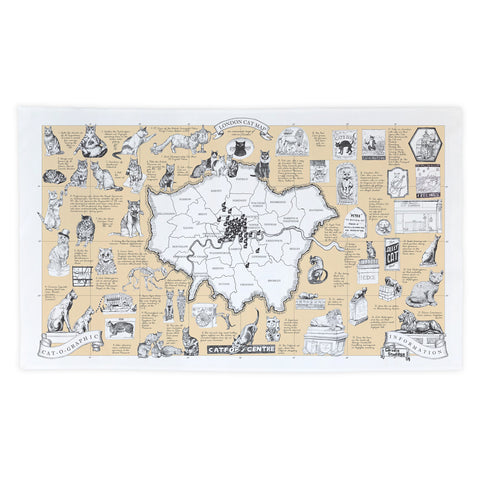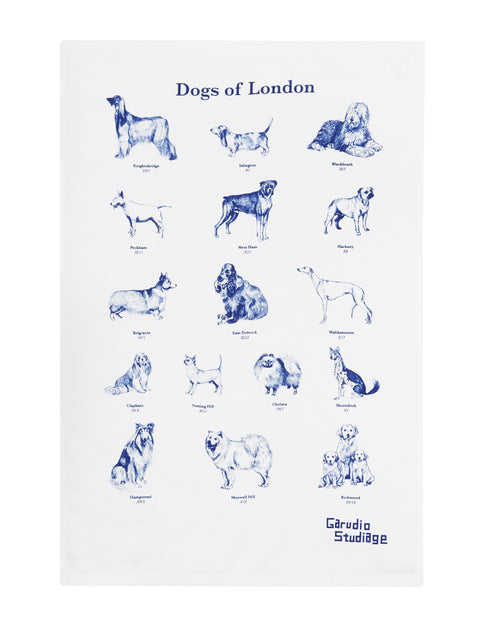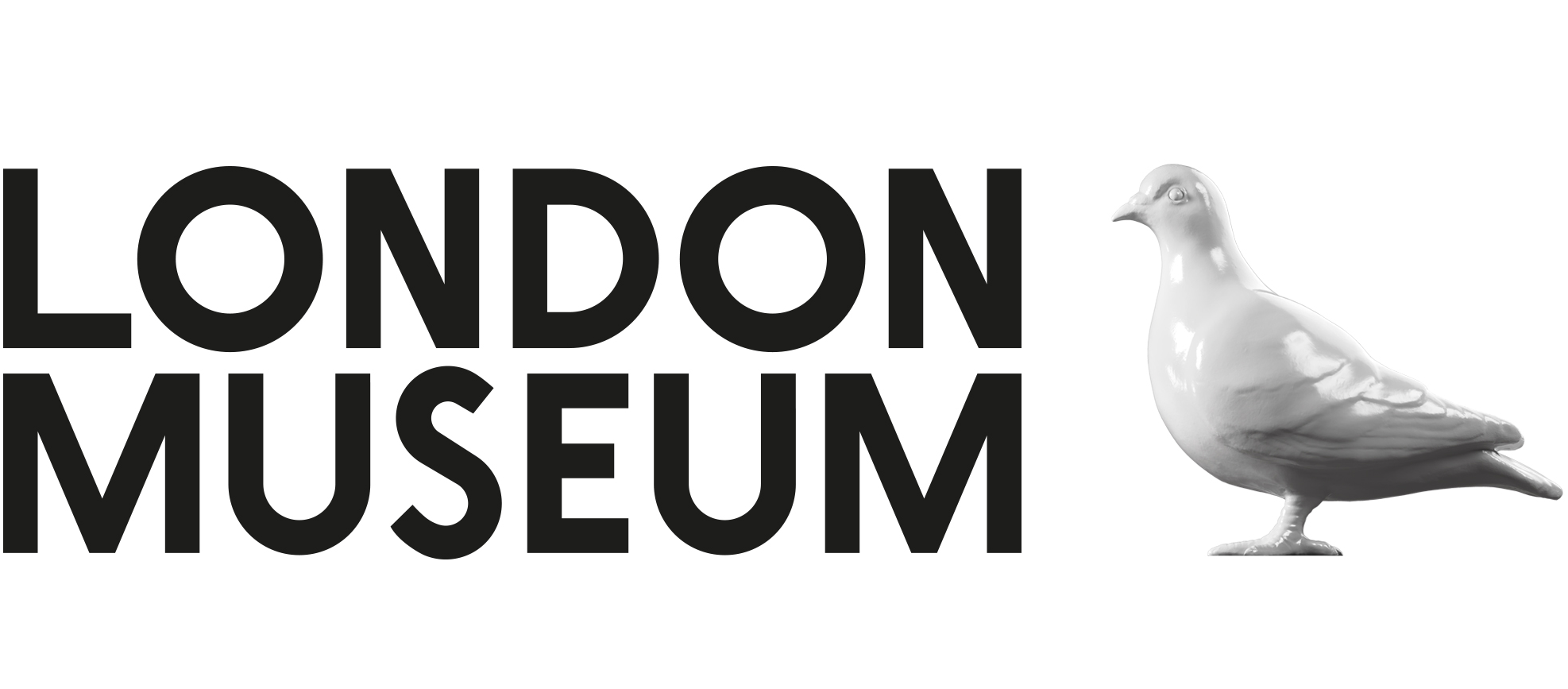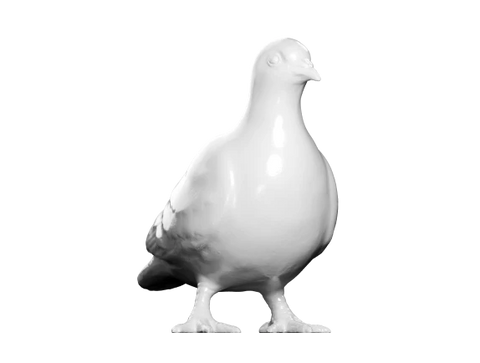Garudio Studiage
“We are Garudio Studiage, the atypical brand where high art meets low humour (or should that be the other way round?). Founded in 2004 in Camberwell, South East London, by Chris Ratcliffe, Anna Walsh, Laura Cave, and Hannah Havana, who had recently graduated from MAs at Camberwell College of Arts and the RCA, we were itching to use our collective creative skills of screen printing, drawing, painting and jewellery.”
Explore the collection







